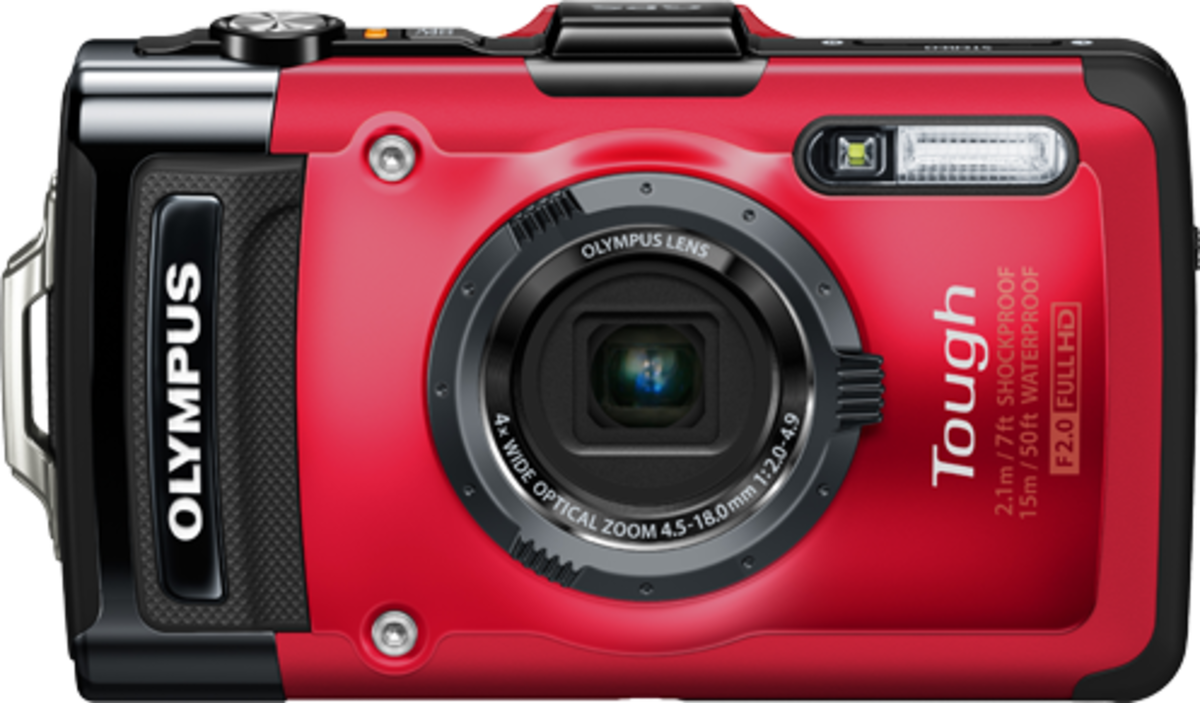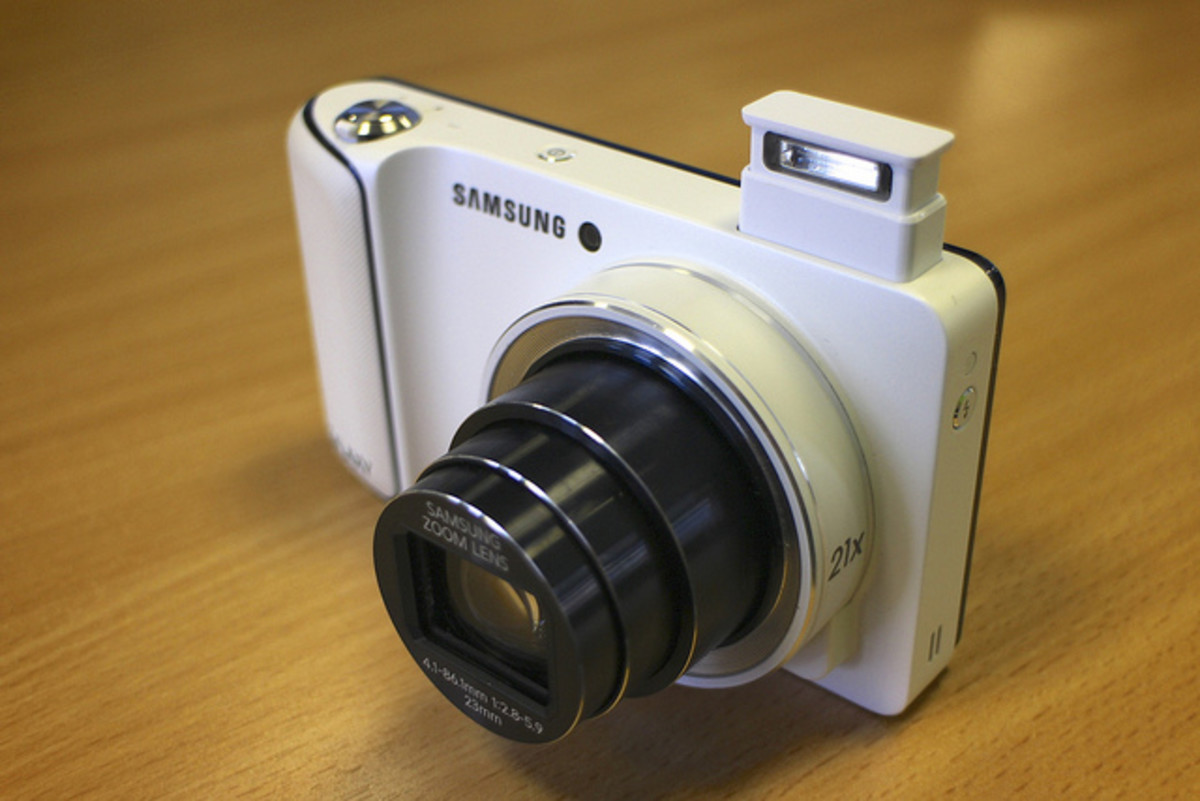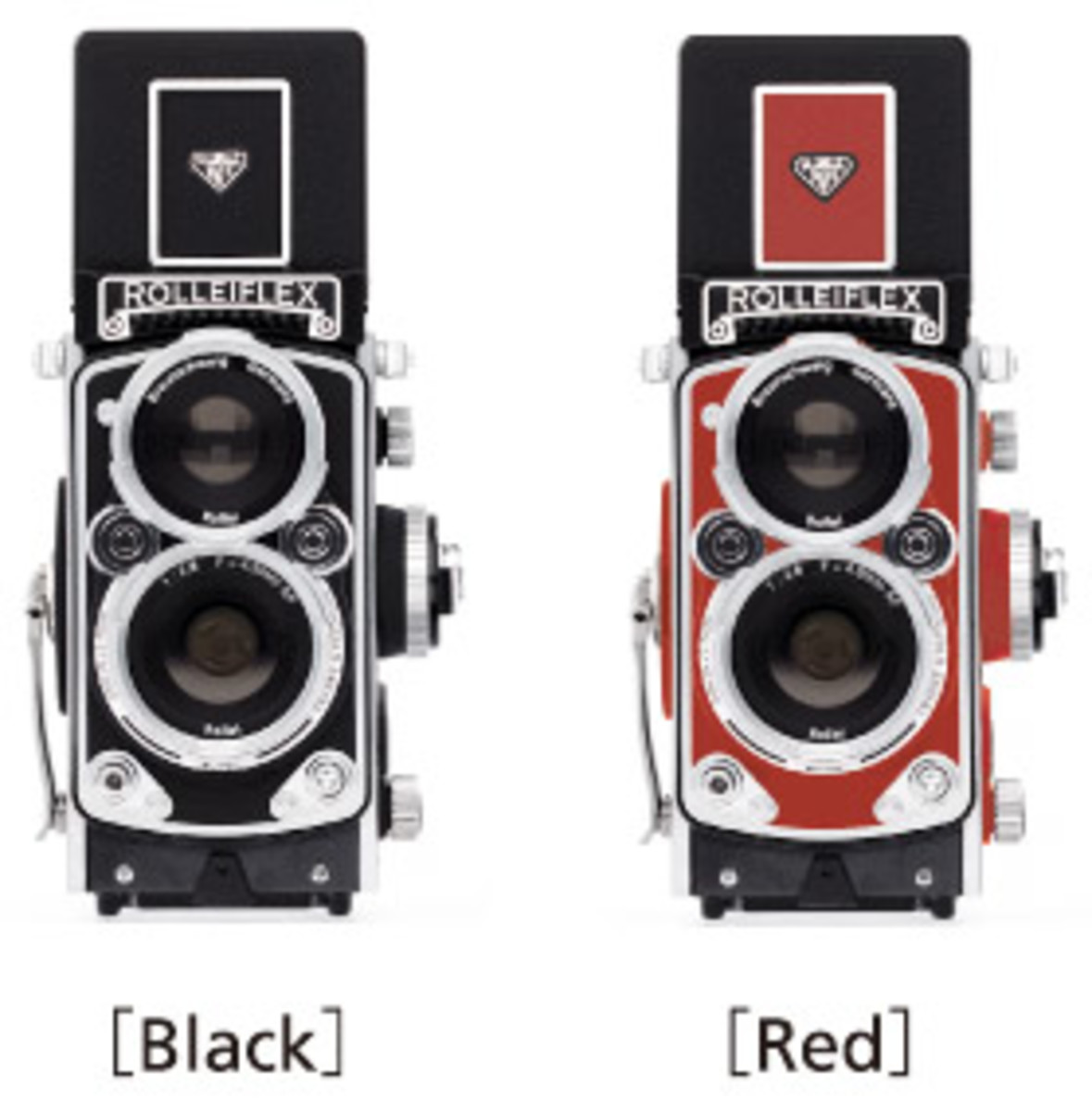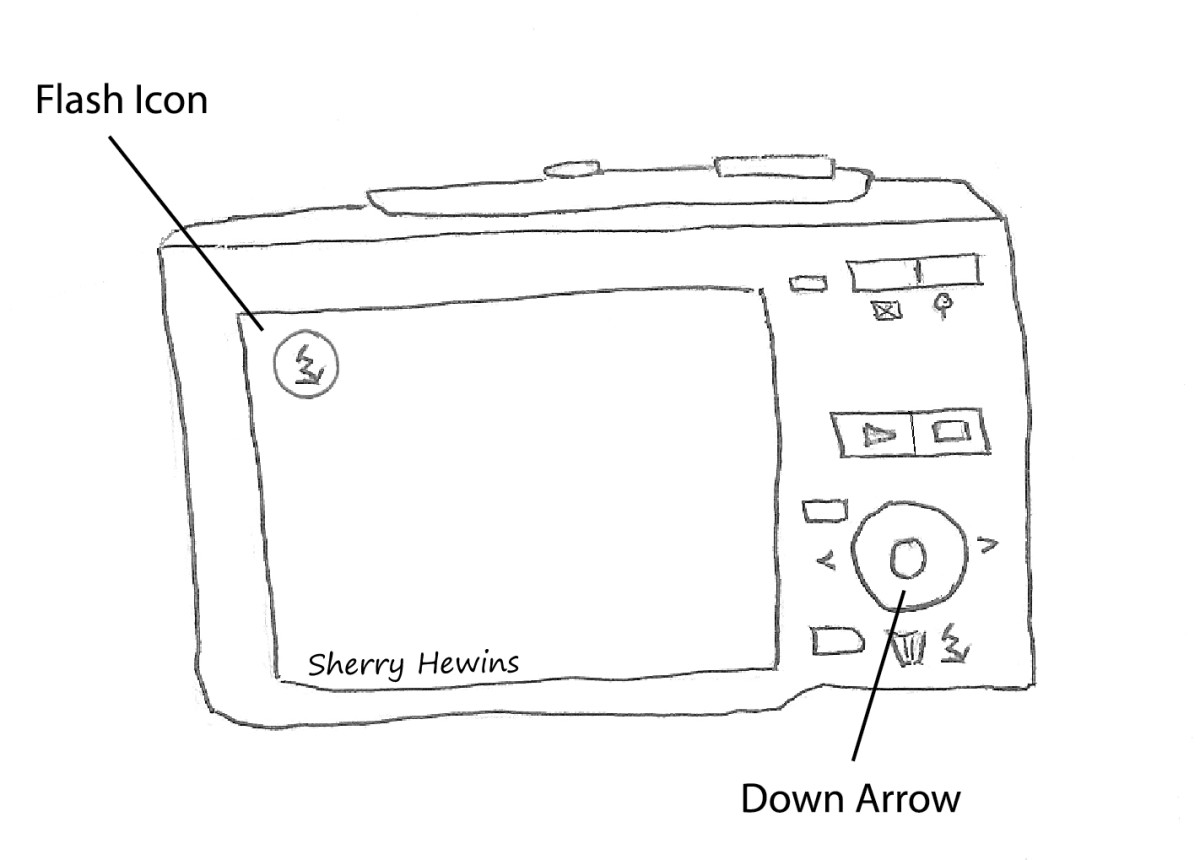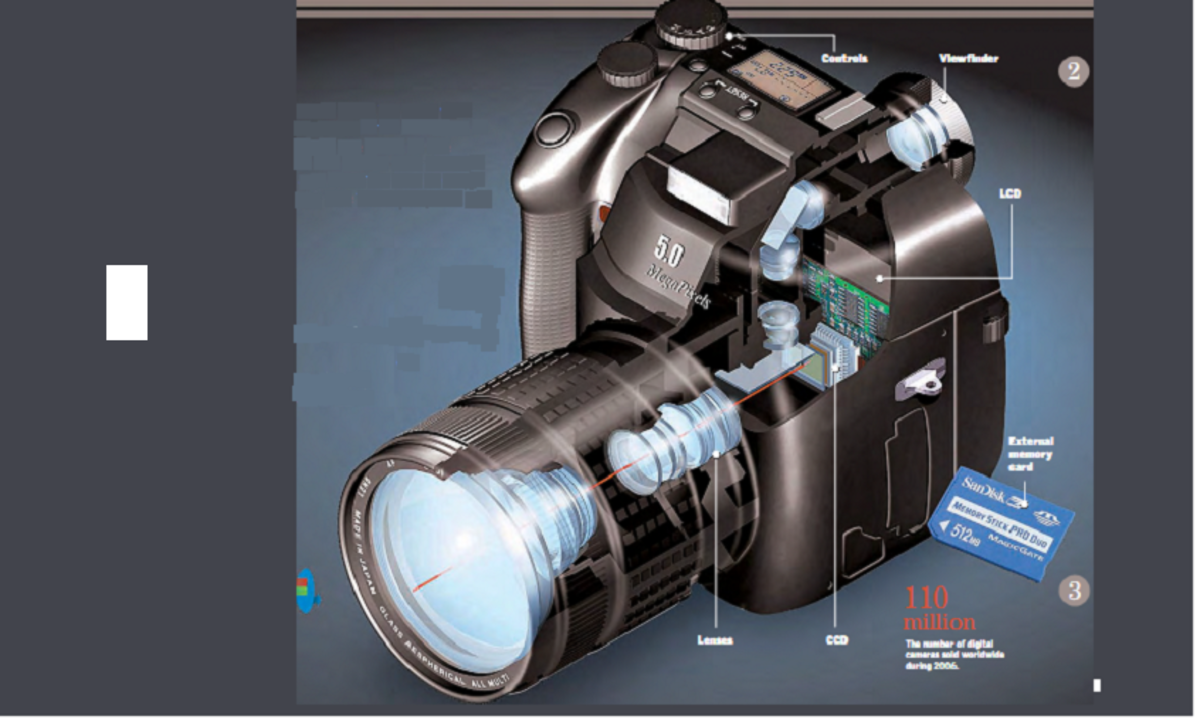- HubPages»
- Technology»
- Consumer Electronics & Personal Gadgets»
- Portable Electronics
Understanding Shutter Speed and the Exposure Triangle with Digital Cameras
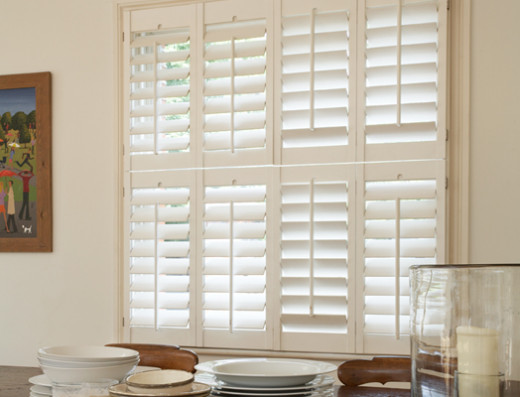
If you use your digital camera in its automatic mode, then it must seem somewhat magical when you push a button and a perfect (or close to perfect) picture appears on the LCD screen. When you press that button, the camera is making a lot of judgements about light, focus, and subject, and it's adjusting settings to get you the best picture possible.
The problem is that this isn't magic - it's science. And by understanding the basic principles of photography and exposure, you can take control of things away from the camera and put them in your own hands. It's not as complicated as you might think, and in the long run you'll be able to take much better pictures.
You'll be able to take the pictures you want to take, not the best approximation that the camera's internal computer can come up with.
Shutter Speed: What Does This Setting Do?
Let's start our discussion of camera exposure today with a simple and intuitive setting - the shutter speed.
We're all familiar with the shutters on a window, like those in the picture above. Well, there's a similar mechanism called a "shutter" inside your camera.
Deep inside your camera, there's a sensor. It's more or less a digital equivalent of film. Light hits the sensor, and the camera uses that light information to recreate a picture. The shutter covers this sensor, and it opens and closes when you press the button on your camera (called a shutter release button).
The shutter speed setting tells the camera how long to leave that shutter open. In other words, it determines how long light will be allowed to come into the camera and hit the sensor. More time lets in more light, and this allows the light to burn in to the image, so to speak. More time means brighter photos.
Less time, on the other hand, lets less light in. Therefore, you'll have darker photos. The setting is measured in seconds (or fractions of a second). So a setting like 1/500th of a second would mean that the shutter is open for a relatively small amount of time, letting in less light. Meanwhile, a setting of 1/8th of the second would let in much more light.
In this way, the shutter speed is one of three settings (along with aperture and ISO sensitivity) that determines how bright or dark your image is. This is called the "exposure" of the image. These three settings together are often called the "exposure triangle," because they are interrelated. But we'll talk about the other two another day.
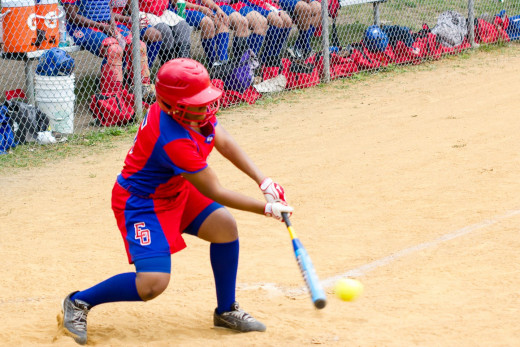
Shutter Speed: How Else Does It Affect Your Photo?
Exposure is only half the equation here, however. If the problem were just about picking the right shutter speed to let in the right amount of light so that the image is properly exposed, well a computer could do that just fine. Digital cameras come with really effective light meters to do just that.
Shutter speed offers some critical trade-offs, though. Ever take a picture and it comes out blurry? Not out of focus blurry, but the kind of blurry that looks like someone is moving? Well, that's motion blur, and that's caused by the shutter speed.
You see, as light hits the sensor, it burns in an image of what you see through the lens. If these subjects are perfectly still, well, you won't have a problem.
But what if they're moving? If you leave the shutter open for an 1/8th of a second and someone is walking at a leisurely pace, they'll move slightly in that span of time. Essentially, they'll be burned in on multiple locations on the sensor, creating shadows of the subject in the final image. At times, you can use this for some cool effects. Usually, though, it's an image killer.
This blur can also come from what's called "camera shake." It's hard to keep a camera perfectly still while you take a photo, so the longer the shutter is open the more likely it is that you'll move slightly. Just like when the subject moves, this will create motion blur.
And here's where you need to make the trade off. If you know people are moving, you need to use a quicker shutter speed to "freeze" the action. If the shutter is open for a tiny fraction of a second (say 1/500th of a second), then it doesn't matter how fast a person is running. They won't move significantly in that span of time, and you'll have no blur!
So, a quicker shutter speed will freeze action but it will let in less light. A slower shutter, on the other hand, will let in more light but could possibly create motion blur. This article on Yahoo has a good discussion of the trade offs involved with shutter speed, if you're still confused.
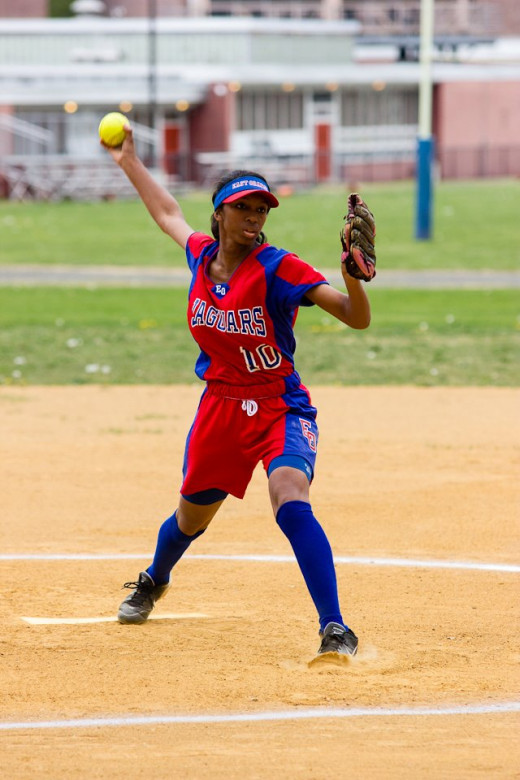
Shutter Speed: A Few Guidelines and Rules to Live By
Now that we know how the camera shutter works, what the shutter speed setting does, and how shutter speed effects motion blur, let's talk about a few things you should keep in mind while selecting a shutter speed.
Lighting conditions and scenarios vary drastically, so it's hard to give you exact prescriptions for what settings to use. It would also kind of defeat the purpose of teaching you what shutter speed is. Ultimately, you need to know how to select an appropriate shutter speed for the photo you're trying to take. But, these guidelines will help you get to that point.
Change One, Change Them All. The most important thing to remember is that changing the shutter speed changes the overall exposure of the image. So, if you adjust it, you will also have to adjust the other components of the exposure triangle (aperture and ISO sensitivity).
Choose a Shutter Speed That Eliminates Camera Shake. It's an acceptable maxim in photography that zooming in increases the probability of camera shake. The way you hold the camera and your ability to keep perfectly still will no doubt affect this as well, but a longer focal length (i.e. 200mm) is more likely to produce camera shake than a shorter focal length (i.e. 55mm). The rule of thumb most people live by is your shutter speed should equal or exceed your focal length.
If you're shooting at 55mm, your shutter speed should be 1/55 or quicker. If you're shooting at 200mm, your shutter speed should be 1/200 or quicker. I find this isn't quite necessary. I can comfortably shoot at 200mm with a shutter speed of 1/125 or so, but the point is the longer the lens the quicker the shutter should be. If you get camera shake, turn the shutter up.
Sports Require Quick Shutter Speeds. I shoot a lot of sports. The shutter speed you need depends a lot on the speed of the action in front of you. A basketball player calmly dribbling down the court can be caught at 1/125th of a second, while you might need 1/500th of a second or faster to catch a baseball player swinging his bat.
As a general rule of thumb, I always try to shoot at a minimum of 1/250th of a second. In most cases, this produces crisp action shots. This isn't always possible if you're in a low light situation, but that's your goal. If I can, I try to turn this up to 1/500th of a second or so to make sure that bursts of action (swinging a bat, dunking a ball, spiking a volleyball) aren't blurred. Anything faster than that is usually unnecessary.
Flashes Don't Play Nice With Super Quick Shutters. This is something that I never noticed or realized for a long time. Camera flashes can only sync to your camera's shutter if you use a relatively slow shutter speed. This depends on your camera and the flash, but a safe assumption is around 1/200th of a second (unless you have a hi-speed sync mode). That means if you're trying to use a flash, you shouldn't increase the shutter past this point or you'll get unpredictable results.
My Standard Indoor Exposure. Your mileage may vary depending on lighting conditions, but my standard indoor exposure is about f/4, 1/60, and ISO 400. With a speedlight on top of the camera to bounce of the ceiling, this usually works out pretty well. I usually tell my students to start with that and then play around from there to get the best exposure for that situation. A shutter speed of 1/60 usually works fine for candid photos of people who may be moving slightly.
Learn by Doing. The bottom line is that you need to learn by doing. I've got years of experience adjusting exposure, and it's only through doing that in many different situations that I've learned to gauge pretty quickly what shutter speed, aperture, and ISO sensitivity I should use. So flick your camera into manual, play around, and see what you can learn!
You may also want to read these other hubs to learn about the other parts of the exposure triangle:

